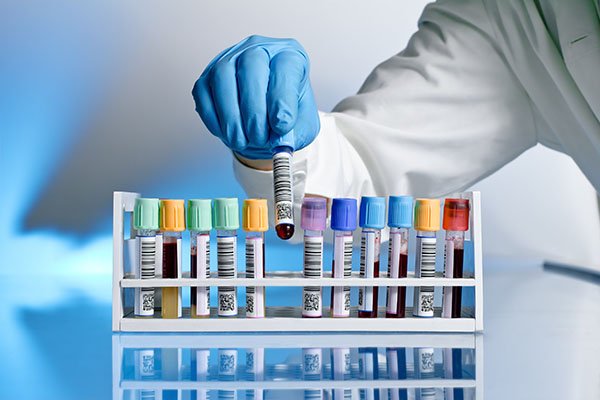The Impact of Alternative Materials in Medical Device Manufacturing on Hospital Supply Chains
Summary
- Alternative materials in medical device manufacturing can improve the efficiency of hospital supply chains by reducing costs and enhancing product performance.
- These materials offer innovative solutions that can cater to specific needs and requirements of healthcare facilities, leading to better patient outcomes.
- The adoption of alternative materials in medical device manufacturing is a growing trend in the United States, with hospitals increasingly looking for sustainable and cost-effective options.
Introduction
In recent years, the healthcare industry in the United States has been experiencing a significant shift towards cost-effective and efficient practices. One area where this shift is particularly evident is in hospital supply and equipment management. With the rising costs of healthcare services and the increased demand for quality patient care, hospitals are looking for innovative solutions to streamline their supply chains and reduce expenses.
Impact of Alternative Materials
One major trend that is shaping the efficiency and cost-effectiveness of hospital supply chains is the use of alternative materials in medical device manufacturing. Traditional materials like stainless steel and plastic are being replaced with newer, more durable, and cost-effective options such as titanium, ceramics, and composites.
- Cost-Effectiveness
- Efficiency
- Customizability
Alternative materials in medical device manufacturing can help hospitals reduce their costs significantly. These materials are often lighter, more durable, and have a longer lifespan compared to traditional options, meaning that they need to be replaced less frequently. This results in cost savings for hospitals in the long run.
By using alternative materials in medical device manufacturing, hospitals can improve the efficiency of their supply chains. These materials are often easier to sterilize, store, and transport, leading to faster turnaround times and better inventory management. This can ultimately result in improved patient outcomes and satisfaction.
Alternative materials offer hospitals the opportunity to customize medical devices to meet their specific needs and requirements. Whether it's developing a device with unique dimensions or incorporating antimicrobial properties, alternative materials provide innovative solutions that can cater to the diverse needs of healthcare facilities.
Current Trends
The adoption of alternative materials in medical device manufacturing is a growing trend in the United States. Hospitals are increasingly looking for sustainable and cost-effective options that can help them improve their operations and patient care. Manufacturers are also responding to this demand by developing innovative products that utilize alternative materials.
Conclusion
Alternative materials in medical device manufacturing have a significant impact on the efficiency and cost-effectiveness of hospital supply chains in the United States. By offering cost-effective, efficient, and customizable solutions, these materials are helping hospitals improve their operations and enhance patient care. As the healthcare industry continues to evolve, the use of alternative materials is likely to become even more prevalent, driving further innovation and improvement in hospital supply and equipment management.

Disclaimer: The content provided on this blog is for informational purposes only, reflecting the personal opinions and insights of the author(s) on the topics. The information provided should not be used for diagnosing or treating a health problem or disease, and those seeking personal medical advice should consult with a licensed physician. Always seek the advice of your doctor or other qualified health provider regarding a medical condition. Never disregard professional medical advice or delay in seeking it because of something you have read on this website. If you think you may have a medical emergency, call 911 or go to the nearest emergency room immediately. No physician-patient relationship is created by this web site or its use. No contributors to this web site make any representations, express or implied, with respect to the information provided herein or to its use. While we strive to share accurate and up-to-date information, we cannot guarantee the completeness, reliability, or accuracy of the content. The blog may also include links to external websites and resources for the convenience of our readers. Please note that linking to other sites does not imply endorsement of their content, practices, or services by us. Readers should use their discretion and judgment while exploring any external links and resources mentioned on this blog.

